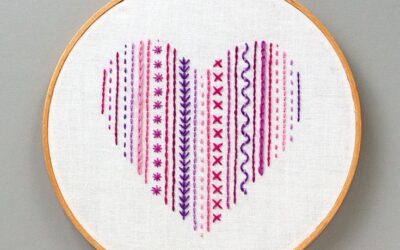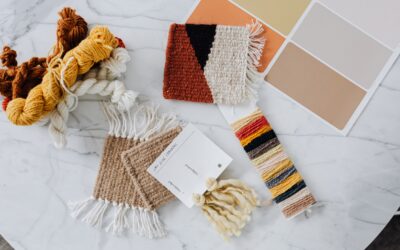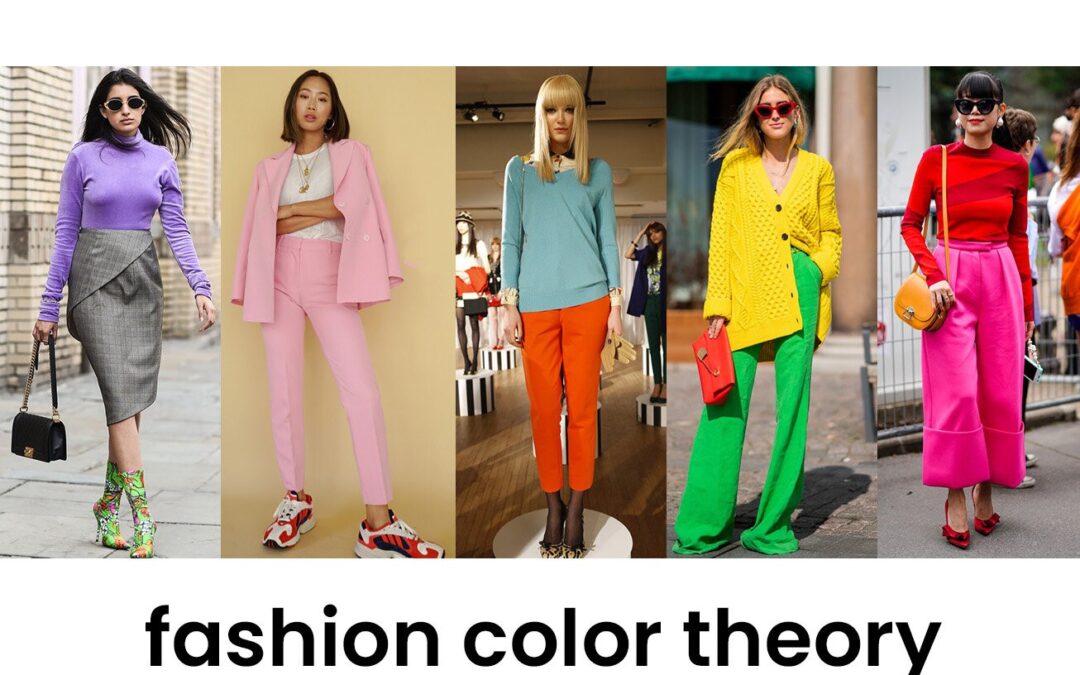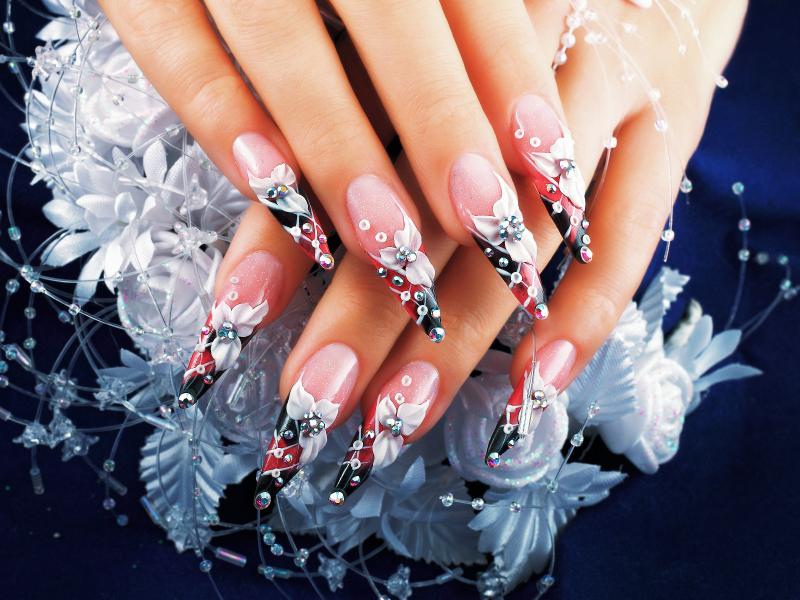Block printing, hand printing, screen printing, and stenciling are some of the oldest methods of expressing art on fabric. These techniques involve creating a design on a block, screen or stencil and transferring it onto fabric by applying ink with a tool such as a brush or a roller. Block prints rely on carved blocks to create intricate designs while handprints are done freehand with brushes. Screen prints use mesh screens to transfer ink onto the fabric while stencils involve cutting out shapes from paper or plastic and using them as guides for painting.
Block printing has been practiced for centuries in India where artisans would carve intricate patterns into wooden blocks which were then used to print designs onto fabrics like cotton and silk. Hand printing is an ancient technique that dates back to prehistoric times when people used their hands to paint cave walls. Stencil art was popularized during the Pop Art movement of the 1960s when artists like Andy Warhol began using stencils in their work.
Screen printing developed in China during the Song Dynasty (960-1279 CE) but it wasn’t until the 20th century that it became widely popular as an artistic expression method. Today, these artistic expression techniques continue to be used by artists around the world who value their ability to create unique and beautiful designs on fabric.
What is printing?
Printing is the process of reproducing text, images, or designs onto a surface using a matrix. The process has been used for centuries to create everything from books and newspapers to art prints and fabric patterns. There are several different types of printing techniques that are commonly used, including block printing, hand printing, screen printing, and stenciling.
Block printing involves carving a design into a block of wood or other material and then pressing it onto the surface using ink. This technique is often used to create repeating patterns on fabric or wallpaper. Hand printing, on the other hand, involves applying ink directly onto the surface using a brush or other tool. This method allows for more intricate designs but can be more time-consuming.
Screen printing uses a mesh stencil to transfer ink onto the surface in specific areas. It’s popular for creating bold designs with vibrant colors and is often used in commercial settings such as T-shirt shops or poster printers. Stenciling is similar to screen printing but instead uses a cut-out stencil that gets placed over the surface before applying ink through the open spaces.
All four methods offer unique advantages depending on what you’re looking for in your final product, making them valuable tools for designers and artists alike looking to express their creativity through printed materials.
Block Printing

Block printing is a popular form of printing that involves creating an image on a material block and transferring it onto fabric. It’s been around for centuries and was originally used to print designs on textiles like cotton, silk, or linen in India. Now, it’s become a popular way to add unique designs to fabrics as well as other materials like paper and wood.
One of the advantages of block printing is its versatility. Block prints can be used to create intricate patterns or simple shapes depending on the design you’re going for. Additionally, each print made with hand-carved blocks will have slight variations which add character to each piece.
Block printing also offers endless possibilities for customization. The blocks can be created in any shape or size which allows artists and designers to experiment with their creativity without limitation. From traditional floral motifs to modern abstract shapes, the possibilities are truly endless when it comes to blocking printing.
Overall, block printing has become an increasingly popular method among fashion designers and artists alike due to its versatility and unique aesthetic appeal. Its rich history combined with its potential for customization makes it a favorite among those looking to add something special to their artistic expression through fabric prints.
Hand Printing

Hand printing is a traditional form of textile printing that involves printing designs onto fabrics using hand-carved blocks or screens. This technique has been used for centuries in various cultures around the world and is still popular today among artists and designers. Hand printing allows for unique, one-of-a-kind designs to be created with a personal touch that cannot be replicated by mass-produced techniques.
One advantage of hand printing is its versatility – it can be done on any type of fabric, from cotton to silk, and can accommodate many different design styles. It also allows the artist complete control over every aspect of the print, including color choices and placement. Additionally, hand prints tend to have a tactile quality that adds depth and interest to the final product.
While hand printing does require more time and effort than other types of textile printing, for those who value individuality and authenticity in their work, it is well worth it. With practice and dedication, anyone can learn this timeless skill and create beautiful works of art through hand printing on fabric.
Screen Printing

Screen printing is a popular technique for creating patterns, designs, and images on fabrics. This method involves using a mesh stencil, also known as the screen, to apply ink onto the fabric. The stencil has open areas that allow the ink to pass through and create the desired design or pattern. Screen printing can be done by hand or with automated machines depending on the scale of production.
One of the advantages of screen printing is its versatility, allowing for vibrant colors and intricate designs to be printed onto different types of fabrics including cotton, silk, and polyester. Additionally, this method offers durability and longevity with prints lasting through multiple washes without fading or cracking.
Screen printing has various applications in fashion design, home decor, and advertising industries among others. It allows designers to bring their creative visions to life by translating them into tangible prints on fabric. With advancements in technology such as digital screen making, screen printing continues to evolve as an essential tool for artists seeking unique ways of expressing themselves through textiles.
Stencils Printing

Stencil printing is a popular technique used to create intricate designs on fabric. With stencils, you can create patterns and shapes in various sizes and styles. This technique involves cutting out a design from a material such as plastic or cardstock, which is then placed on top of the fabric. Ink or paint is then applied over the stencil, creating the desired pattern.
One of the advantages of using stencils for printing is that they are reusable, making them cost-effective in the long run. Additionally, with stencils, you have more control over your design compared to other printing techniques like screen printing where preparation and equipment can be quite expensive.
Stencils come in different styles and materials depending on what type of print you’re looking to make. They can range from simple geometric shapes to complex designs that require precise cuts. Stencil prints are not only ideal for creating unique pieces but also suitable for mass production due to their speed and accuracy. Whether it’s block prints or hand prints, stenciling offers a great way to add personal touches to your textile projects while unleashing your creativity!
Benefits of Using Prints on Fabric
Block, hand, screen, and stencil prints on fabric have become increasingly popular in recent years for their unique and artistic appeal. Besides their aesthetic qualities, these prints come with a range of benefits. One advantage is their durability; printed fabrics are known to retain color and design even after several washes. This makes them ideal for use in items such as bed linens, clothing, and drapery where longevity is important.
Another benefit of using prints on fabric is the flexibility they offer in customization. These printing techniques allow for a wide range of colors, designs, and patterns that can be tailored to suit individual preferences or specific projects. Additionally, digital printing technology has made it possible to print virtually any image onto fabric – from photographs to intricate designs.
Prints on fabric also provide an opportunity for eco-friendly fashion choices. Natural dyes can be used in block or hand printing whereas water-based pigments are common with screen printing methods which reduce environmental impact compared to traditional dyeing processes like acid washing that require toxic chemicals. Overall, prints on fabrics offer an array of benefits including longevity, customization options, and environmentally friendly alternatives making them a popular choice among designers and consumers alike.
Challenges of Using Prints on Fabric
Using prints on fabric can be a challenging task, especially if you are not familiar with the different printing techniques. Block, hand, screen, and stencil prints all require different materials and methods of application, making it even more difficult to achieve a cohesive look when using multiple print types in one project. Additionally, finding the right balance between color and pattern can also pose a challenge as certain prints may clash or overpower each other.
Another challenge of using prints on fabric is ensuring that they are properly aligned and spaced. This is particularly important for large-scale projects such as curtains or upholstery where seams need to match up seamlessly. Additionally, certain fabrics may require special treatment before being printed which adds another layer of complexity to the printing process.
Despite these challenges, utilizing prints on fabric can add depth and interest to any design project. With proper planning and execution, incorporating block, hand, screen and stencils prints into your designs can create truly unique pieces that stand out from the crowd.
Conclusion: Exploring Artistic Expressions
In conclusion, exploring artistic expressions through block, hand, screen, and stencil prints on fabric is an exciting way to bring out one’s creativity. The process of creating a piece of art using these techniques requires patience, skill, and attention to detail. Each method offers unique characteristics that can produce stunning results.
Block printing involves carving a design onto a wooden block which is then used as a stamp to transfer the design onto fabric. Hand printing is done without any mechanical assistance and requires precision and steady hands to obtain intricate details. Screen printing uses mesh screens with stenciled designs that are pressed into the fabric with ink or dye while stencil printing involves cutting out designs from paper or cardboard which are then placed on top of the fabric for dyeing.
Overall, exploring these artistic expressions through printmaking creates opportunities for limitless possibilities in fashion design and home decor. Embarking on this creative journey not only allows for personal expression but also fosters apparent citation for traditional craft techniques that have been practiced for centuries.










0 Comments